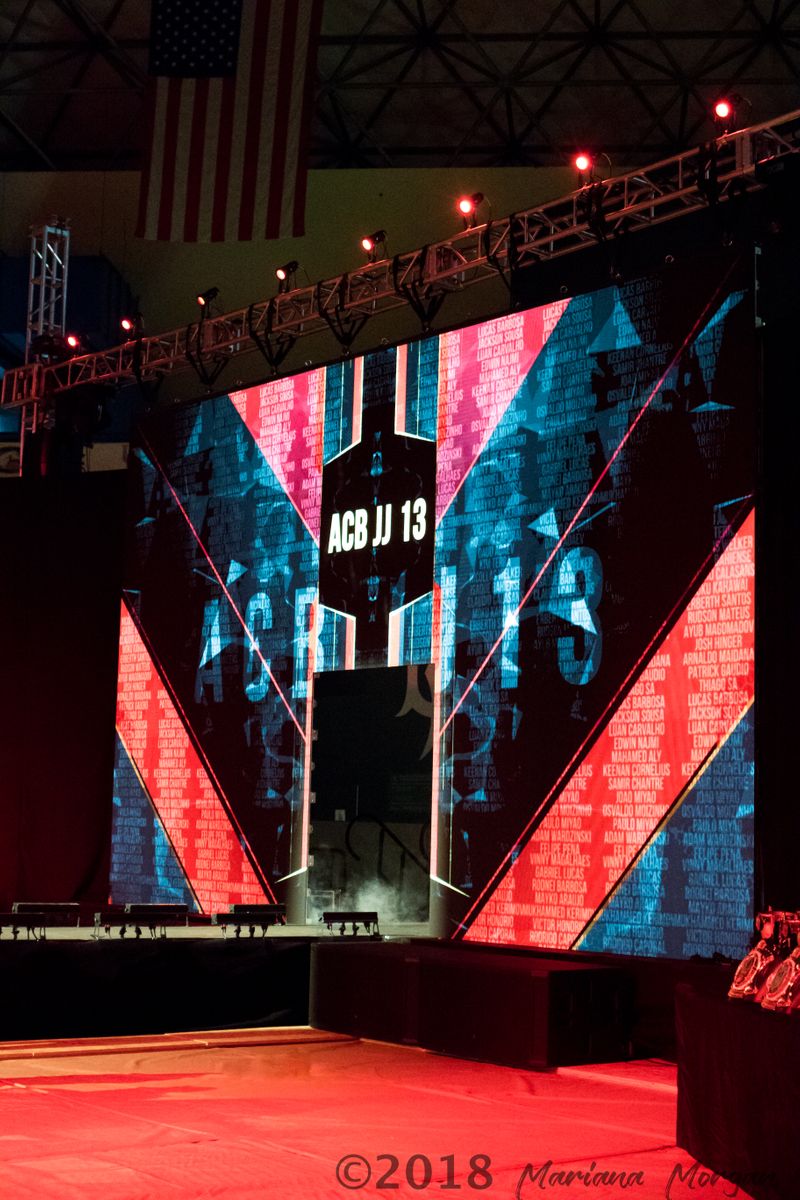The caliber of the LED components plays a significant role in color uniformity. Various types of LEDs produce light at varying wavelengths, which can affect the total hue output. High-quality LEDs are engineered to generate a more consistent light spectrum, resulting in better hue precision. Additionally, the manufacturing process of these light-emitting diodes can impact their performance. Panels made with superior materials and technology tend to have fewer hue differences, ensuring that the displayed pictures and footage look vibrant and true to life.

Calibration is another crucial element in maintaining color uniformity in LED wall panels. Tuning entails modifying the configurations of the panel to make certain that the hues displayed align the intended design. This process can include adjusting luminosity, contrast, and color equilibrium. Frequent calibration is essential, especially in environments where lighting factors vary frequently. By calibrating the screens, technicians can correct any inconsistencies in hue output, resulting to a more uniform observing experience.
Surrounding conditions also influence color consistency in light-emitting diode wall screens. Factors such as ambient light, heat, and humidity can affect how colors are seen. For example, bright ambient light can wash out hues, making see them look more lively. Similarly, extreme heat can affect the functionality of the LEDs, resulting to hue changes. To mitigate these issues, it is crucial to install LED wall screens in managed settings where lighting and temperature can be controlled efficiently.
Lastly, the layout and layout of the LED wall screens can affect hue consistency. The arrangement of the panels, as well as the spacing from which they are observed, can create differences in color recognition. When panels are placed too far apart or at different positions, audiences may detect inconsistencies in color. To achieve the best optical output, it is crucial to consider the positioning and arrangement of the panels during setup. By tackling these factors, users can ensure that their LED wall panels provide a uniform and superior optical experience.